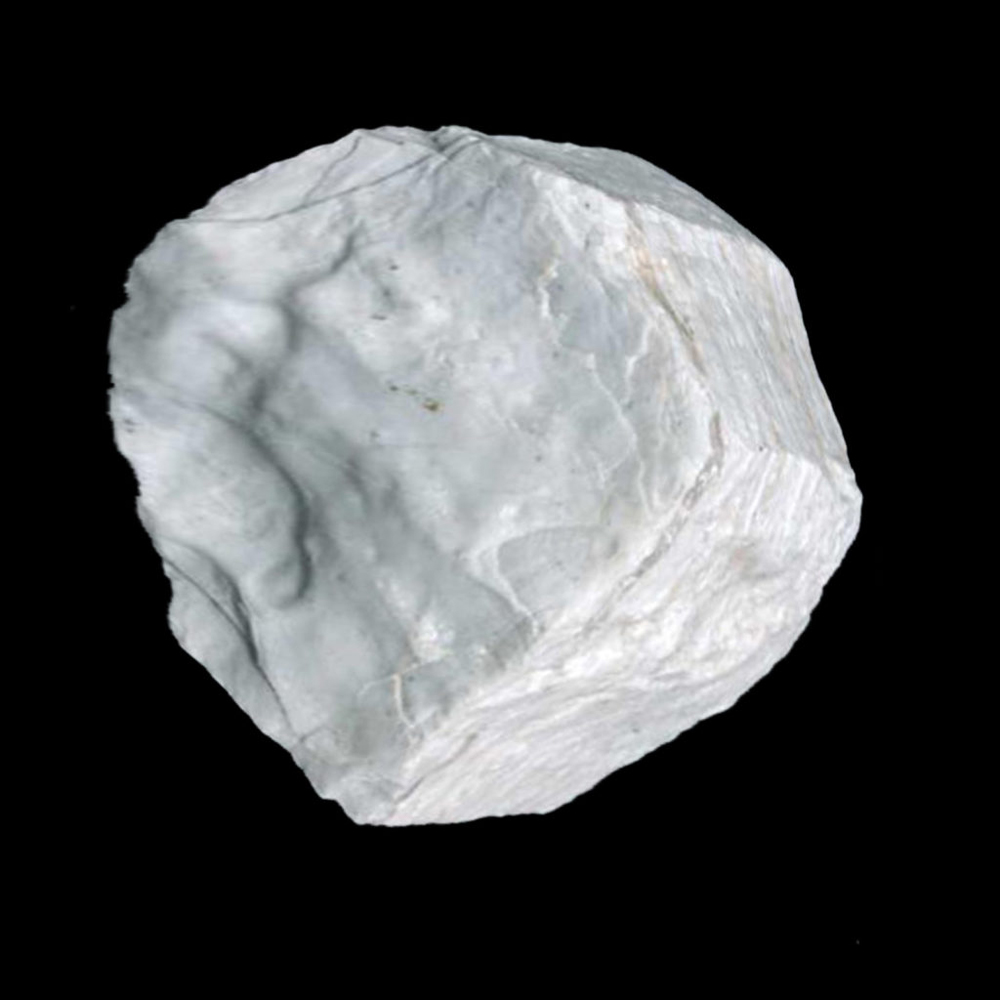About Talc (Soap Stone)
 Talc, commonly known as soapstone, is a naturally occurring mineral renowned for its softness, smoothness, and versatility. Composed primarily of magnesium, silicon, and oxygen, talc is characterized by its greasy or soapy feel and is often found in metamorphic rock formations. Its unique properties make it valuable across various industries, including cosmetics, pharmaceuticals, and manufacturing. In the cosmetic industry, talc is widely used in talcum powder, makeup products, and skincare formulations for its ability to absorb moisture, reduce friction, and impart a silky texture. Pharmaceutical-grade talc is utilized in medications and medical devices, serving as an excipient in tablet formulations and as a lubricant in surgical gloves and catheters. Furthermore, talc’s lamellar structure and heat resistance make it suitable for applications in the production of ceramics, paints, plastics, and rubber, where it functions as a filler, pigment, and reinforcing agent. In the artistic realm, talc’s workability and heat resistance make it a preferred material for sculpting and carving. Despite its numerous industrial uses, concerns regarding talc’s potential health risks, particularly when contaminated with asbestos fibers, have prompted regulatory scrutiny and product testing to ensure consumer safety.
Talc, commonly known as soapstone, is a naturally occurring mineral renowned for its softness, smoothness, and versatility. Composed primarily of magnesium, silicon, and oxygen, talc is characterized by its greasy or soapy feel and is often found in metamorphic rock formations. Its unique properties make it valuable across various industries, including cosmetics, pharmaceuticals, and manufacturing. In the cosmetic industry, talc is widely used in talcum powder, makeup products, and skincare formulations for its ability to absorb moisture, reduce friction, and impart a silky texture. Pharmaceutical-grade talc is utilized in medications and medical devices, serving as an excipient in tablet formulations and as a lubricant in surgical gloves and catheters. Furthermore, talc’s lamellar structure and heat resistance make it suitable for applications in the production of ceramics, paints, plastics, and rubber, where it functions as a filler, pigment, and reinforcing agent. In the artistic realm, talc’s workability and heat resistance make it a preferred material for sculpting and carving. Despite its numerous industrial uses, concerns regarding talc’s potential health risks, particularly when contaminated with asbestos fibers, have prompted regulatory scrutiny and product testing to ensure consumer safety.

